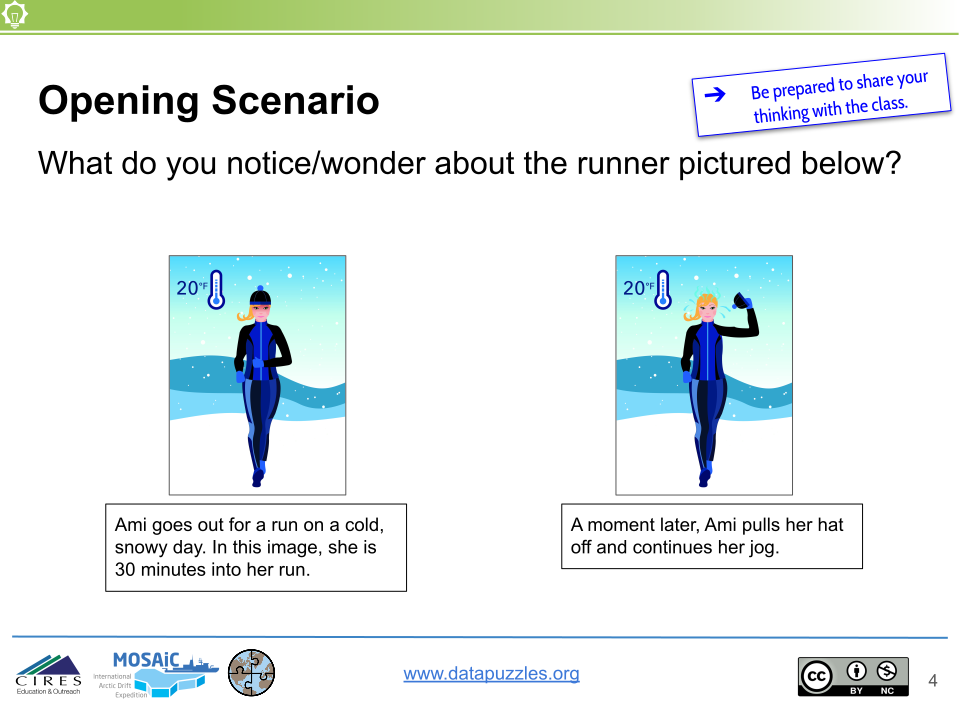In this virtual workshop, we will review strategies for how to facilitate the It’s All Connected Data Puzzle in your middle and high school science classrooms. Participants will engage with the teaching materials (teacher guide, slide deck, student worksheet, and answer key) from both the teacher and student perspective and upon completion, be prepared to implement the Data Puzzle in their classroom.
Participants seeking a 3-hour PD certificate from the University of Colorado Boulder for completing the It’s All Connected virtual PD should submit their answers to the questions/tasks below using this Google Form.
Please email jonathan.griffith@colorado.edu when you have submitted your Form.





























